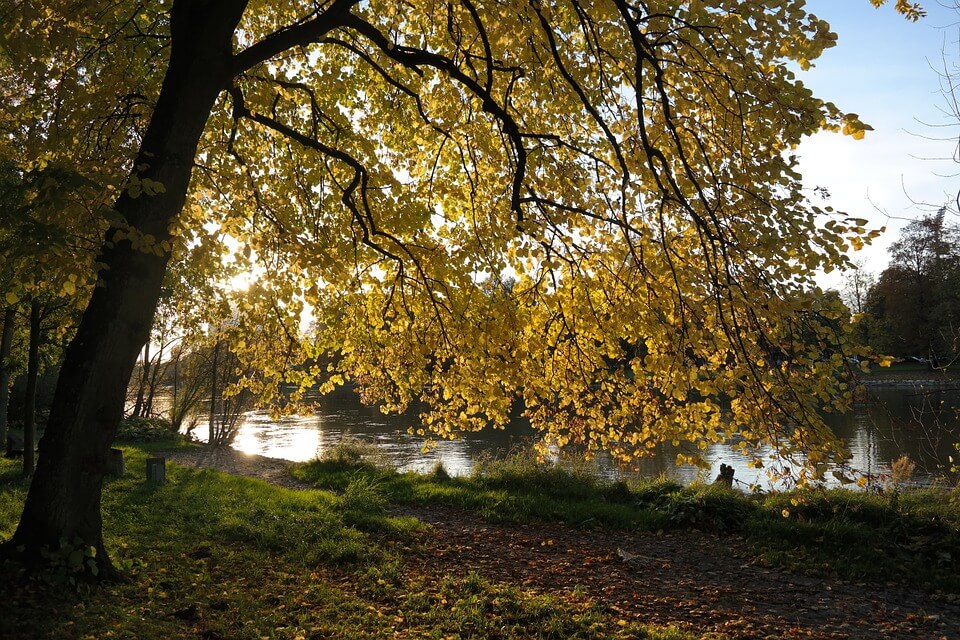 Poetic Forms
Poetic Forms
Poetic Forms
Poetic Forms


 Poetic Forms
Poetic Forms
Poetic Forms
Poetic Forms

Study the poem for one week.
Over the week:
Poems often adhere to specific poetic forms, defined as 'poems following distinct sets of rules.'
The nine poetic forms we'll study include the:
Blank verse poems generally follow these rules:
Blank verse typically follows iambic pentameter, but other rhythms are possible.
Activity 1: Recite the Poem Title, Poet Name, and Poem
Activity 2: Study the Poem Picture
Study the poem picture and describe how it relates to the poem.

Activity 3: Narrate the Poem
Activity 4: Feel the Rhythm
Activity 5: Complete Book Activities
